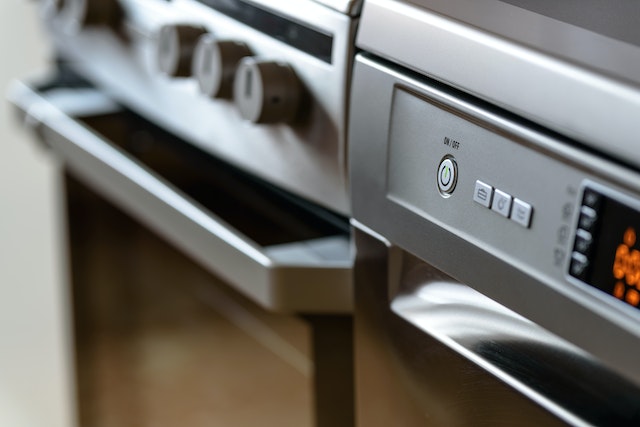
As a landlord, you always want to keep the state of your rental property in an outstanding condition. To achieve this, you can perform walk-through inspections before a renter moves in.
A walk-through inspection can reduce the risk of damaging the property as everything is documented before the tenant moves in, helping you easily identify any potential damages caused by the tenant later.
Along with protecting the landlords, this inspection also guards the renters against paying for the repair of existing damages. Tenants have the right to challenge any deductions from their security deposits if the damage was present before they moved in.
What Are the Steps for Performing a Walk-Through Inspection?
Here is the procedure you can follow to perform a walk-through inspection:
Design a form
A form can guide you on areas to focus by detailing the parts of the rooms in the rental space and making notes of their appearance. You can create your own forms easily or use the ones online.
After listing all the rooms in your rental, you can break them down to their particular characteristics. For example, under the bedroom category, you can include walls, furniture, cabinets, lights, air conditioning units, windows and doors.
It is better if you include more details such as adding space for additional features to include when conducting the inspection. It helps you make separate columns where you can specify the move-in and move-out conditions, estimated cleaning costs or repair fees.

The form should also include a space where the landlord and tenant can both sign to show mutual agreement. You should write down the date and provide a copy of the form to the renter.
Do a Joint Property Walk Through Inspection With the Tenant
Performing a property walk-through together before a renter moves in is crucial for the following reasons:
Lessens Future Conflicts
When both landlord and renter inspect the rental at the same time, they can agree on the property’s condition and the details on the property evaluation form, reducing potential conflicts.
Manages Expectations
A property walk-through inspection allows the landlord to explain the maintenance standards for the property, wear and tear damage versus excessive property damage and also discuss the level of reasonable cleaning required.
Make sure that the renters participate in the initial property walk-through before they move-in. Inspections conducted for move-out won’t need the presence of renters as end of tenancy cleaning and repairs are already completed at that point.
Simplify the Process
You should always try to avoid extremely complicated procedures when performing walk-through inspections. While it doesn’t mean that greater details must be missed, you need to be reasonable knowing that a perfect rental does not exist.

Pinpointing and zooming in on every tiny detail can cause the renter to reconsider their stay. Your property walk-through inspections should also be finished in around 20 minutes. If you over-document, it can make the renter skittish and lead to time wastage.
Attach Photos and Videos to Your Inspection Form
Given the convenience of mobile devices, you can easily capture images and videos of the rental condition. Firstly, you can take a picture of the total room area and then take a closer image, categorizing each photo and retaining digital copies.
This visual proof can protect you if a renter disputes the property’s condition later on, helping you avoid dealing with the lawsuits.
Inspect the Property Independently Prior to the Arrival of the Tenants
As a landlord, it is advised to make a thorough property check. One way to accomplish this is by setting aside time to test home systems.
You want your renter to move into a functional home to reduce any issues that can lead to complaints since you’re looking to establish trust. You can do various checks such as switch on the appliances, open and close windows, doors and evaluate the water pressure by flushing the toilets.

When doing the property walk-through, repeat these tests so the renter can see that all systems are in excellent working order. To assess the damage after the tenant moves out, you can perform the test again.
Allot Time for the Tenant to Discover Property Issues
You must provide a grace period of three days for renters to find out whether there are concerns to report. Even if the landlord has performed testing, some existing issues may be valid and won’t appear until an appliance or home system has been used for a while.
The advantage of this practice is the landlord can document the problem and fix it before the damage becomes serious and costly.
Study the Landlord-Tenant Laws in Your State
You should know that the state laws can differ regarding the regulations for conducting property walk-throughs. These rules set amount limits for security deposits, conditions for deductions and an allowable period to return the deposit upon the end of a tenancy.
Along with the landlord-tenant laws, the lease agreement can also contain additional details about security deposit deductions and duties of the landlord and tenant.
Conclusion
As a landlord, a great tip for you to conduct a proficient walk-through is hiring a reliable property management company like Real Property Group. Our team will provide you with the best property management services like performing efficient property walk-throughs, comprehensive tenant screening, strategic marketing, detailed property maintenance and more.
We can help eliminate the risk of lawsuits as well, given our property law expertise. If you’re interested to learn more, contact us today!
